HIGH QUALITY PRODUCTS
HIGH QUALITY PRODUCTS AND REGIONAL SPECIALTIES: A PROMISING TRAJECTORY FOR ENDOGENOUS AND SUSTAINABLE DEVELOPMENTPaper presented at the International Conference "The Future of Rural Policy", OECD, Siena, Italy, 10-12 July 2002
Jan Douwe van der Ploeg
1. towards a definition
In the land that excels in products such as carne Chianina (the basis for the well known bistecca Fiorentina), formaggio Parmigiano Reggiano and Chianti wine, it might appear, at first sight, quite a ludicrous operation to try to define the notion of ‘high quality food product’. This is especially the case when the one who is trying to do so comes from faraway, i.e. from the Netherlands. Nonetheless, at a more general level, the development of a proper definition of high quality and/or regional products is, I believe, quite a useful activity. This is especially the case when the interface between the production of high quality food and rural policy is to be discussed.
Distinction is, I think, the keyword for any such definition (Bourdieu, 1986; Barberis, 1992; Allaire and Sylvander, 1995). It is distinction that resides in the distinctiveness of the primary process of production. A key feature here is often the use of (specific) local resources, a keen embedding in local ecology and an ample use of local knowledge (Roep, 2000). Distinction also resides in the distinctive nature of the process of transformation: the artisan nature of the transformation process (as opposed to industrial) often turns out to be a decisive feature here (de Roest, 2000). Thirdly, there may be the distinctiveness in the process of commercialization: short chains and the central importance of regional markets might be important in this respect (van der Meulen, 2000). Fourthly, we have to include the distinctiveness of the final products. Taste, appearance and/or freshness will be for sure among the important criteria at this level. But it is more than these: there will be a close, albeit dynamic 'fit' between the products concerned and the reigning social definitions of quality (van der Meulen and Ventura, 1994; Maffesoli, 1996; Featherstone, 1991). This 'fit' is often the outcome as well as the vehicle of strong culinary traditions. Price is equally a vehicle of distinctiveness at the level of the quality products. From recent research we know that a higher price (as compared to non-quality or 'bulk' alternatives) contributes significantly to distinctiveness (Ittersum, 2001).
The more a product distinguishes itself along these four dimensions, the more it emerges as a high quality food product and/or as a regional specialty[1]. Hence, there are degrees of distinctiveness - just as there are different trajectories for developing more distinction[2]. Equally it can be stated that the more a high quality or regional product is made distinguishable, the higher the net value added per unit will be on the level of the concerned farms. This finding, then, introduces a fifth dimension of distinction: that is its relevance both for the farm economy and the regional economy. I will illustrate this aspect with some comparisons.
Download whole article in pdf: click here

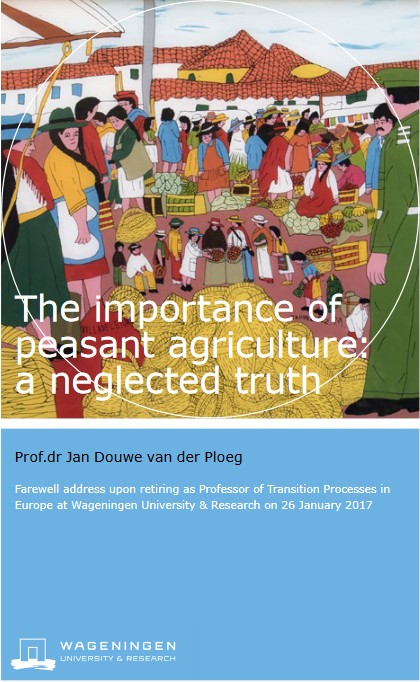
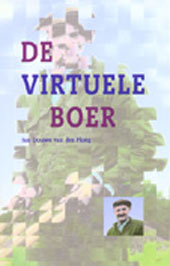
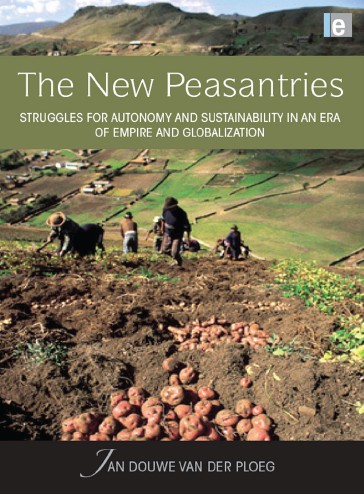
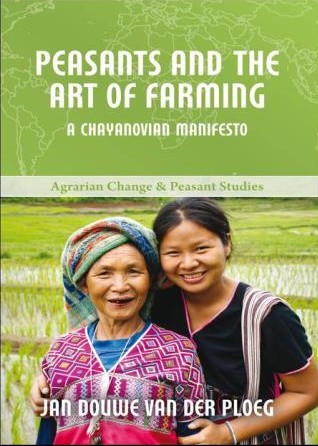
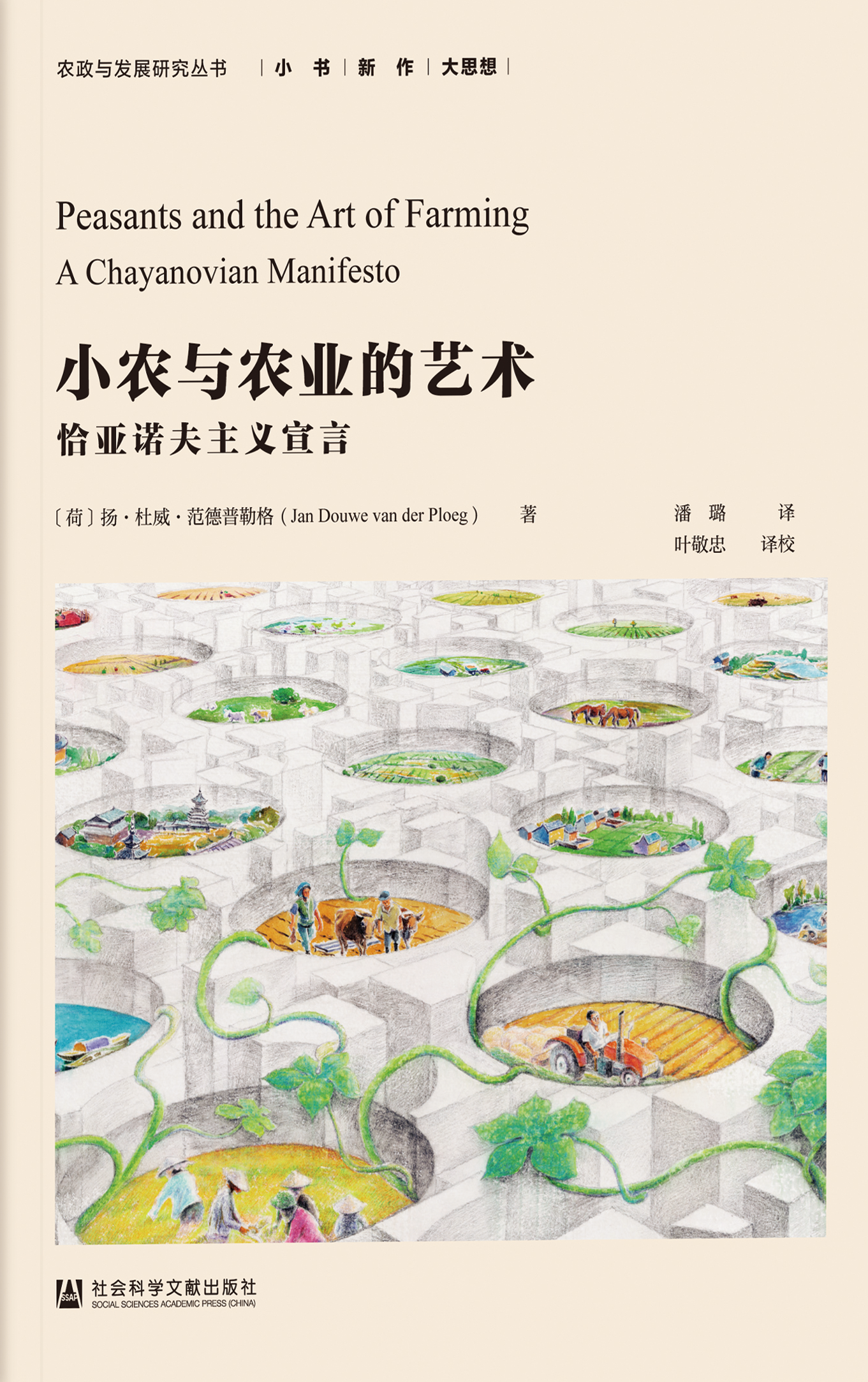
NEW
Jan Douwe van der Ploeg
Formerly Professor and Chair of Rural Sociology and Emeritus professor of Transition Studies at Wageningen University (WUR), the Netherlands and Adjunct Professor of Rural Sociology at the College of Humanities and Development Studies (COHD) of China Agricultural University (CAU) in Beijing, China.
e-mail: clic here
Jan Douwe van der Ploeg
Formerly Professor and Chair of Rural Sociology and Emeritus professor of Transition Studies at Wageningen University (WUR), the Netherlands and Adjunct Professor of Rural Sociology at the College of Humanities and Development Studies (COHD) of China Agricultural University (CAU) in Beijing, China.
e-mail: clic here